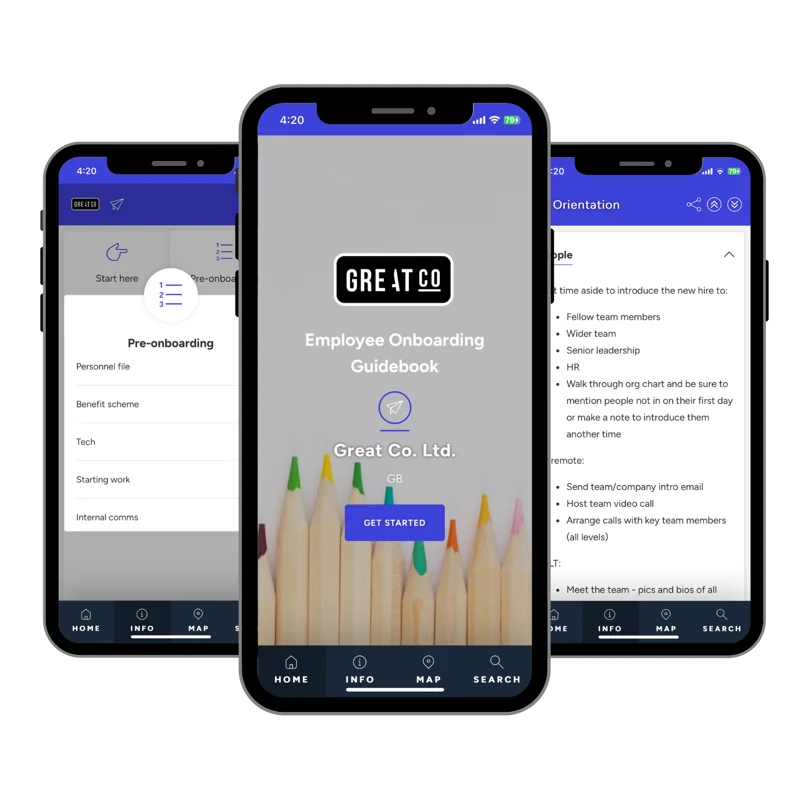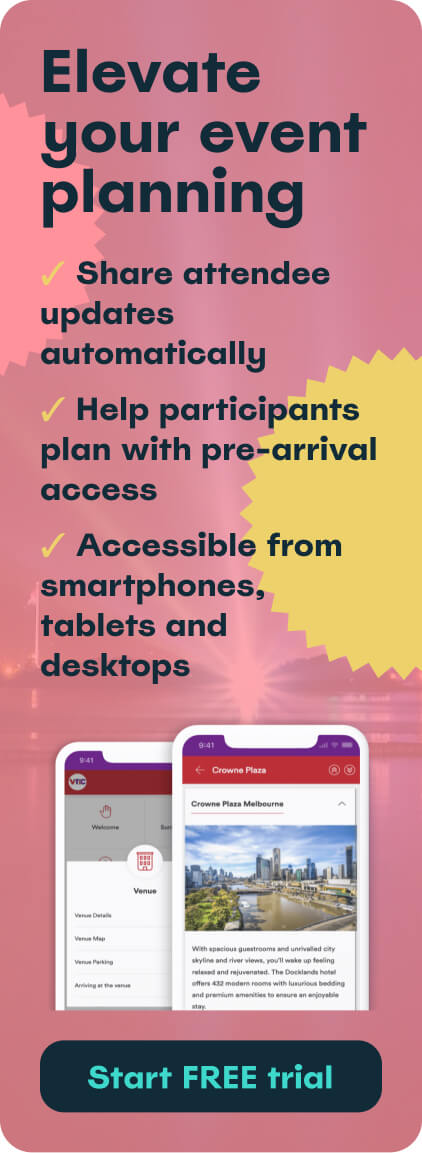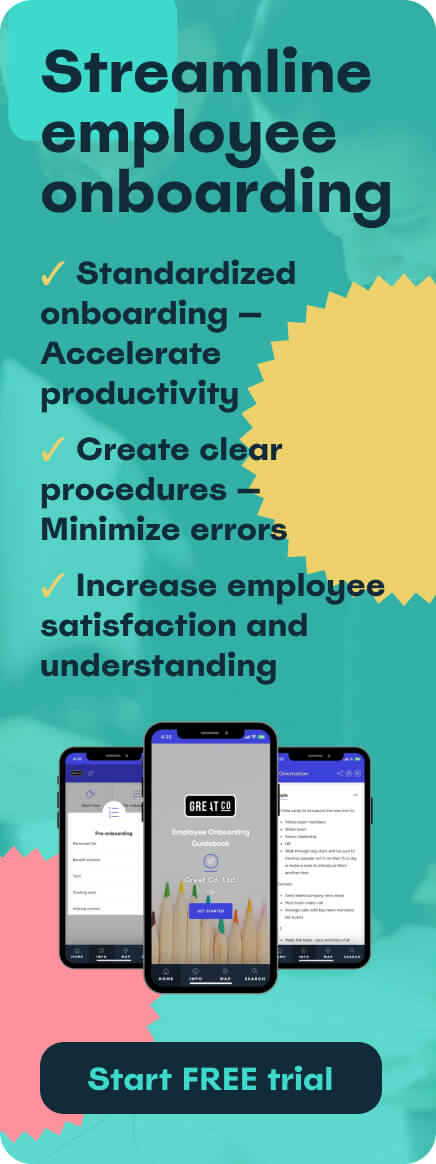Global finance is rapidly shifting. In this digital-first era, the process by which banks and financial institutions welcome new clients known as digital customer onboarding banking, is now a core competitive differentiator. Slow, manual processes drive customers away, while a seamless digital experience builds immediate trust.
For banks and financial service providers seeking to thrive, mastering digital onboarding in banking is essential. This comprehensive guide will break down the crucial components of effective digital onboarding, from regulatory compliance to user experience enhancement, offering practical advice and showcasing powerful digital onboarding solutions for banks that reduce friction and save valuable time.
Here is a breakdown of what we will cover:
- What is digital onboarding in financial services?
- Types of customer onboarding in banking
- Why is digital onboarding important in banking and financial services?
- How does the customer onboarding process work in banks?
- How to improve the customer onboarding experience in banking?
- Potential challenges in banking digital onboarding
- How to integrate digital guidebooks into onboarding in financial services and KYC?
- Future of digital onboarding for banks
- Frequently asked questions
Want to reduce onboarding questions by 50%?
What is digital onboarding in financial services?
Digital onboarding in financial services is the complete process of acquiring and activating a new customer, executed entirely through digital channels. This encompasses everything from the initial application and identity verification to the final setup of an account or service, all without the need for physical paperwork or in-person visits. It uses technology like mobile apps, web portals, and automation tools to create a fast, intuitive, and remote experience for the user.
A successful digital onboarding experience re-engineers the entire process to be efficient, secure, and user-friendly.
- Efficiency: Automated data capture and verification drastically reduce application processing times, helping customers become active faster.
- Security: Advanced technologies, including biometrics and secure data encryption, ensure the integrity of the customer’s identity and data.
- Compliance: Digital tools are programmed to adhere strictly to regulatory requirements, ensuring legal and ethical customer onboarding banking practices.
💡 Pro tip: discover more about what makes a good onboarding experience.
What is KYC client onboarding?
Know Your Customer (KYC) is a non-negotiable process within the financial sector that forms the backbone of regulatory compliance and risk management. KYC client onboarding specifically refers to the steps taken during the account opening phase to verify the customer’s identity.
In the digital world, KYC is transformed from a paper-intensive activity into a sophisticated, automated sequence of checks. It is relevant to digital onboarding in banking because it protects institutions from financial crime, including money laundering and the financing of terrorism.
Key components of modern digital KYC include:
- Identity Verification: Using secure methods such as facial recognition, liveness detection, and government-issued ID scanning to confirm the customer’s identity.
- Compliance Checks: Automatically screening customers against global watchlists, sanctions lists, and politically exposed person (PEP) databases.
- Fraud Prevention: Analysing digital footprints and device data to detect suspicious activity and prevent synthetic identity fraud before an account is opened.
Types of customer onboarding in banking
While the core principles of identity verification and compliance remain constant, customer onboarding banking processes vary depending on the client type and the product. Understanding these distinctions is key to designing effective digital onboarding solutions for banks.
Retail customer onboarding
This involves individual consumers seeking standard products like current accounts or personal loans. The process must be ultra-fast and mobile-friendly, often completed in minutes, due to the high-speed expectations of modern retail consumers.
SME and commercial customer onboarding
Onboarding for Small and Medium Enterprises (SMEs) and commercial clients is more complex. It requires verification of multiple parties (directors, shareholders) and the collection of extensive corporate documentation. Digital customer onboarding banking for this segment focuses heavily on streamlining document submission and managing complex entity structures.
Private wealth and institutional onboarding
Serving high-net-worth individuals or large institutional clients involves highly bespoke and intensive due diligence. Digital tools manage data collection, but the process often requires close human interaction and sophisticated ongoing monitoring due to the high-risk nature of the accounts.
Why is digital onboarding important in banking and financial services?
The shift to digital is a prerequisite for survival and growth. Financial institutions that fail to embrace digital onboarding risk obsolescence. The importance of digital onboarding in banking can be distilled into several commercial and customer-centric advantages.
Enhancing the customer experience
A smooth, fast, and transparent process sets a positive tone for the entire customer relationship. Customers expect the same seamless experience from their bank as they get from any leading tech platform. Removing paperwork and wait times directly boosts satisfaction and loyalty.
Reducing operational costs
Automation replaces manual data entry, verification, and compliance checks, dramatically lowering the overheads associated with traditional branch-based onboarding. Staff can be reallocated from administrative tasks to high-value activities, such as advising customers.
Driving revenue growth and market share
Friction in the onboarding journey is a primary cause of customer abandonment. By reducing the time-to-account-opening from days to minutes, banks can capture a greater number of applicants. Efficient digital customer onboarding banking is the engine that drives rapid customer acquisition and enables institutions to scale quickly.
Improving security and compliance
Digital solutions incorporate sophisticated security protocols and real-time regulatory updates. This not only ensures mandatory compliance with KYC and Anti-Money Laundering (AML) regulations but also makes the institution more secure against evolving fraudulent tactics than outdated, paper-based checks.
How does the customer onboarding process work in banks?
An effective digital customer onboarding banking process follows a standardised sequence designed for maximum efficiency and security.
- Digital Application Initiation: The customer starts the process via a mobile app or web portal using smart forms with pre-fill capabilities.
- Identity and Document Submission: The customer submits required documentation (e.g., ID) using their device camera, often guided by optical character recognition (OCR) technology.
- Real-Time Identity Verification (KYC): The system performs liveness checks, facial matching, and cross-references details against fraud and sanctions databases in real-time.
- Risk and Credit Assessment: The institution runs automated credit checks and assesses the customer’s risk profile.
- Compliance Review and Approval: All verification data is compiled for a final, often automated, internal compliance review. Successful applicants receive instant or near-instant approval.
- Account Activation and Communication: The new account is provisioned, and the customer is immediately provided with essential next steps and a clear digital welcome package.
How to improve the customer onboarding experience in banking?
To set a high standard for service, banks must focus on customer onboarding best practices banking. The goal is a journey that is not just efficient but genuinely delightful, reducing questions and empowering the user.
Implement multi-channel support and consistency
The experience should be identical whether the customer starts on a mobile phone, tablet, or desktop. Data entered on one device must be instantly accessible on another, allowing users to pause and resume their application seamlessly.
Keep the application process minimalist
Ask for only the essential information needed to meet regulatory and business requirements. Use background data checks to verify details rather than burdening the customer with unnecessary data entry.
Use smart forms and conditional logic
Design forms that adapt in real-time. If a customer’s answer makes the next section irrelevant, it should disappear, making the journey feel personalised and fast.
Prioritise transparency and progress indicators
Clearly communicate the remaining steps and the estimated time to completion. Showing a progress bar reduces anxiety and the likelihood of abandonment.
Offer help where and when it is needed
Integrate contextual help bubbles, FAQs, and a live chat function directly into the application screens. Proactive support prevents customers from leaving the application to seek answers elsewhere.
Provide immediate, automated feedback for errors
If a document scan is blurry or a data field is incorrect, provide clear, specific error messages instantly. This allows the customer to correct the issue immediately without waiting for a manual review.
Leverage digital guidebooks for the post-approval phase
The friction doesn't end with approval. Customers still need to know how to use their new account, card, or investment platform. Use an elegant digital guidebook, like those provided by Touch Stay, to replace complicated PDFs and disjointed welcome emails. A Touch Stay guidebook offers a single, intuitive hub for video tutorials, clear instructions on setting up security features and a concise 'What happens next?' guide.
This simple yet powerful solution saves your support team time by centralising information and ensuring the customer feels fully supported post-acquisition. If you're ready to see how a simple digital solution can transform your client experience from the moment they say 'yes', start your journey today.
Ready to simplify post-onboarding communication?
Optimise for mobile devices first
With the majority of new account openings happening on smartphones, the entire workflow, from ID scanning to document signing, must be designed and optimised for a small screen and one-handed operation.
Integrate electronic signatures (e-Signatures)
Allowing customers to digitally sign agreements within the application flow eliminates the need for printing, scanning, or posting, which are major friction points.
Follow up with a personalised welcome journey
Once approved, segment your new customers based on the product they chose. Send follow-up communications that are specific to their needs, linking them back to their digital guidebook and encouraging early engagement with relevant features.
Potential challenges in banking digital onboarding
Implementing effective digital onboarding solutions for banks presents several hurdles that must be overcome for true success.
- Regulatory Complexity (The Burden of KYC): Maintaining compliance across multiple jurisdictions with constantly evolving KYC/AML rules is a significant technical challenge. Systems must be dynamic and globally scalable to handle diverse documentary requirements.
- Legacy Systems and Integration: Many established financial institutions operate with outdated core banking systems that are difficult and expensive to integrate with modern digital onboarding platforms. This creates data silos and hinders a seamless end-to-end journey.
- The Need for Human Fallback: While automation is key, a truly digital process still needs a human-in-the-loop for cases where verification fails (e.g., a poor photo of an ID document). Balancing automation with timely, human exception handling is crucial to minimise false negatives.
- Security and Data Privacy Concerns: Customers are wary of sharing sensitive personal and financial data online. Institutions must invest heavily in world-class data encryption and clearly communicate their privacy policies to build and maintain trust.
How to integrate digital guidebooks into onboarding in financial services and KYC?
The KYC part of the journey is about verifying the customer; the post-KYC phase is about activating the customer. This is where a digital guidebook becomes an invaluable asset, a vital element of customer onboarding best practices banking.
Digital guidebooks, like those offered by Touch Stay, are simple yet powerful tools for knowledge transfer. Instead of treating the customer to a deluge of emails or a single, impossible-to-navigate PDF upon approval, you provide them with a single, branded, mobile-friendly web app.
Here’s how they integrate:
- Compliance Clarification: After the customer has uploaded documents, a simple guidebook section can explain why KYC is necessary and how long the review will take, offering complete transparency.
- Product Activation Instructions: Immediately upon approval, the welcome email includes a direct link to the customer’s private digital guidebook. This guide contains everything: how to log in for the first time, how to set a PIN, and security tips.
- Reducing Support Queries: By proactively answering the 90% of basic questions a new user has in a clearly structured, searchable format, the guidebook deflects simple queries from the support team, freeing up agents for complex issues. Digital onboarding solutions for banks should always include a proactive knowledge management system like this.
Ready to see how fast you can build a comprehensive digital welcome guide that slashes support time? Reduce customer support questions by 50%.
Future of digital onboarding for banks
The future of digital onboarding in banking is rapidly moving towards hyper-personalisation, total automation, and boundary-less security. Expect the following innovations to become standard:
- AI and Machine Learning (ML) Driven Verification: AI will not only verify identity but also instantly assess complex regulatory risk profiles, automating the review process that currently still requires human intervention for edge cases.
- Biometric-Only Onboarding: Full-stack biometric solutions, including voice and behavioural biometrics, will eventually remove the need for most physical documents entirely.
- Decentralised Identity (DiD): Technology will allow customers to manage their verified identity data themselves, granting banks temporary access for onboarding.
Frequently asked questions
KYC is critical because it ensures the bank meets its legal obligations to prevent financial crime, including money laundering and terrorist financing. By verifying the customer’s identity at the outset of the digital customer onboarding banking process, institutions protect themselves from massive regulatory fines.
To boost KYC effectiveness, financial services should move beyond manual checks by adopting automated, real-time identity verification tools. They should also implement sophisticated workflow engines that flag only genuinely high-risk cases for human review, thus dramatically increasing the efficiency of their customer onboarding best practices banking.
The benefits are mutual:
- For Customers: The process is significantly faster (minutes vs. days), can be completed anytime, anywhere, and offers a vastly superior user experience.
- For Banks: They gain reduced operational costs, lower abandonment rates (leading to higher revenue), improved regulatory compliance, and a more secure process. This makes digital onboarding solutions for banks a clear competitive advantage.
Modern digital onboarding solutions for banks are typically designed with robust Application Programming Interfaces (APIs). Banks use these APIs to connect the new digital front-end, the customer-facing application, to their existing core banking, CRM, and internal compliance systems, allowing for the seamless exchange of customer data and verification results.

Ned
Ned has clocked up over 11 years in digital marketing and comms, with a strong focus on creating engaging content for a range of brands and agencies. When he’s not writing, he can be found digging for records, peering through his telescope at the night sky, or onboard his local lifeboat where he volunteers as a crewmember.
Be the first to know!
Join our newsletter for early access to:
- ✅ Free guides
- ✅ Pro tips & tricks
- ✅ Time saving tutorials
- ✅ Latest blog posts
- ✅ Checklists & templates














.webp?width=50)